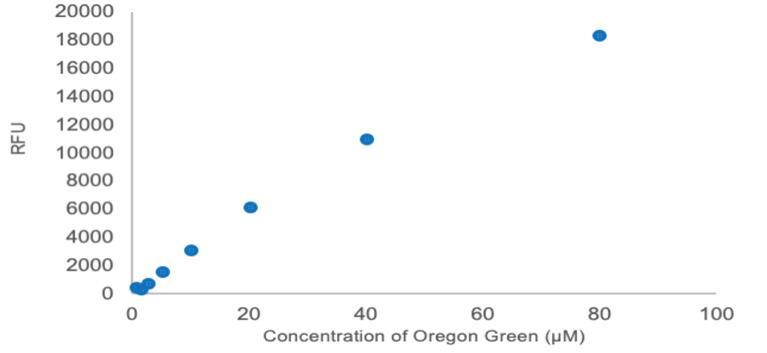
2 minute read
Effects of Stress on Behavioral Inhibition in Male and Female Rats Tested via Operant Touchscreen Chambers
Sarah Goldsmith, Emery Harlan, Susannah Garber, & Olga Lipatova Christopher Newport University
Results
stress-dependent (Lynch et al. 2002; McKay et al, 1996).
• The purpose of the present study was to examine the effects of acute stress on inhibition of an appetitively conditioned touchscreen response in male and female rats.
• Extinction training was used because it is known to produce inhibition of a reward-seeking responding (Todd et al, 2014).
• A spontaneous recovery test was used to measure behavioral inhibition (Brooks & Bouton, 1993).
Subjects & Apparatus Sprague Dawley rats (16 male; 16 female) were trained and tested in Layfette Touchscreen Chambers using ABET II software.
Pre-training
During a 60 min pre-training session, rats were presented with a conditioned stimulus (CS; i.e., a white square) every 30 secs followed by one 45 mg sucrose pellet. However, if the rat touched the CS it received three sucrose pellets.
Acquisition
During acquisition, rats were given 100 presentations of the CS per daily session. If the rat touched the CS it received a sucrose pellet. Incorrect responses were followed by the house-light turning on for 10 secs and no reward was given. The acquisition criterion was 80% correct conditioned touch responses (CR) within a single session.

Extinction & Spontaneous Recovery
METHODS Acquisition Spontaneous Recovery * * *
During extinction, the rats were not reinforced (i.e., no food was given) for a touching the CS. Extinction consisted of 60 trials per session. The criterion was 77% no-CRs within a single session. Spontaneous recovery was tested two weeks after the rat reached extinction criterion.

Acute stress administration
Half of the male and half of the female rats received a 30 min acute restraint stress (outside of the training chambers) immediately prior to the spontaneous recovery test.
Results And Discussion
conditioned touch response to the CS that was presented on a touchscreen.
• There were no sex differences in the rate of acquisition or extinction.
• Stressed rats showed greater spontaneous recovery than non-stressed controls.
• A repeated measures mixed ANOVA revealed a significant Block X Stress interaction [F (5, 140) = 5.1, p < 0.01].
• 2 x 2 ANOVAs revealed significant main effects of stress on Block 1 [F (1, 28) = 5.25, p = 0.03] and Block 2 [F (1, 28) = 5.98, p = 0.02].
• Stressed female rats showed the greatest spontaneous recovery overall, however their performance was highly variable.
• Our results show that stress decreases inhibition, which may be a possible mechanism that contributes to stress-induced drug relapse.
Future Studies

We plan to use a similar experimental approach to determine if fluctuations in estrogen levels differentially affect the magnitude of spontaneous recovery in stressed and non-stressed female rats.
Bouton, M. E., Winterbauer, N. E., & Todd, T. P. (2012). Relapse processes after the extinction of instrumental learning: Renewal, resurgence, and reacquisition. Behavioural Processes, 90(1), 130-141.
Brooks, D. C., & Bouton, M. E. (1993). A retrieval cue for extinction attenuates spontaneous recovery. Journal of Experimental Psychology: Animal Behavior Processes, 19(1), 77-89.
Bussey, T. J., Padain, T. L., Skillings, E. A., Winters, B. D., Morton, A. J., & Saksida, L. M. (2008). The touchscreen cognitive testing method for rodents: How to get the best out of your rat. Learning & Memory, 15(7), 516-523.
Lynch, W. J., Roth, M. E., & Carroll, M. E. (2002). Biological basis of sex differences in drug abuse: Preclinical and clinical studies. Psychopharmacology, 164(2), 121-137.
Mar, A. C., Horner, A. E., Nilsson, S. R., Alsiö, J., Kent, B. A., Kim, C. H., Holmes, A., Saksida, L. M., & Bussey, T. J. (2013). The touchscreen operant platform for assessing executive function in rats and mice. Nature Protocols, 8(10), 1985-2005.
McKay, J. R., Rutherford, M. J., Cacciola, J. S., Kabasakalian-McKay, R., & Alterman, A. I. (1996). Gender differences in the relapse experiences of cocaine patients. The Journal of Nervous and Mental Disease 184(10), 616-622.


National Institute on Drug Abuse. (2007, April). Drugs, Brains, and Behavior The Science of Addiction. Retrieved from https://www.drugabuse.gov/sites/default/files/soa_2014.pdf
Todd, T. P., Vurbic, D., & Bouton M., E. (2014). Behavioral and neurobiological mechanisms of extinction in Pavlovian and instrumental learning. Neurobiology of Learning and Memory, 108, 52-64.








